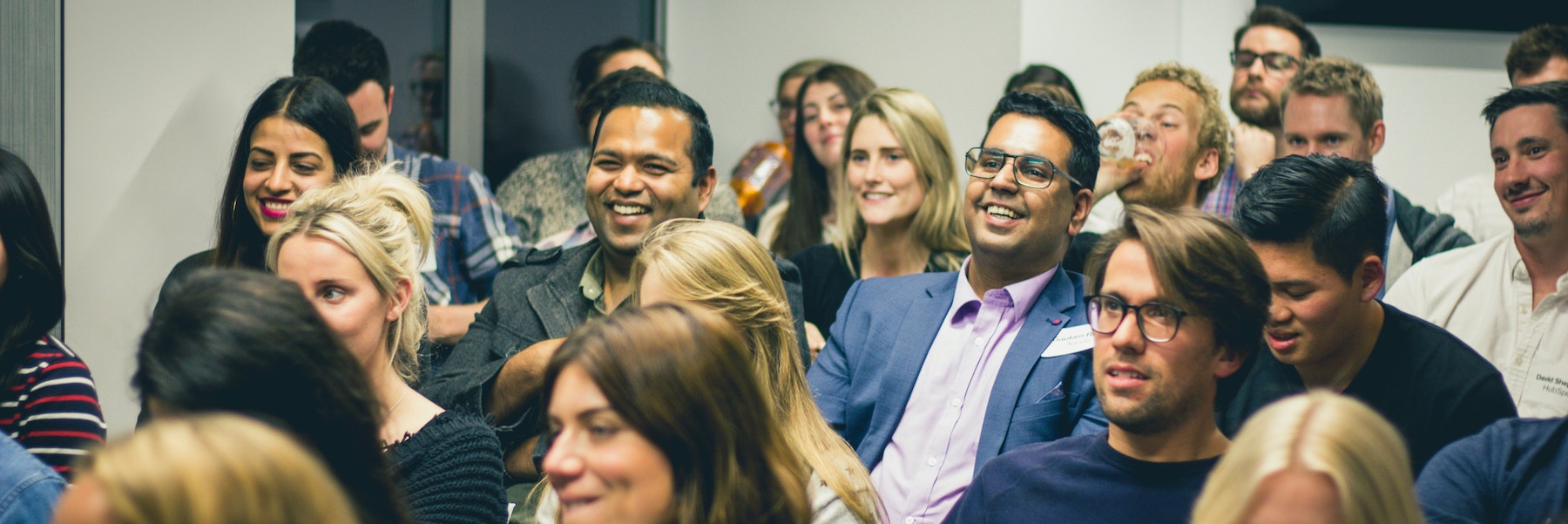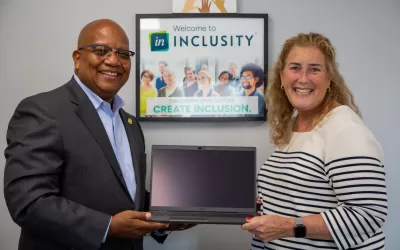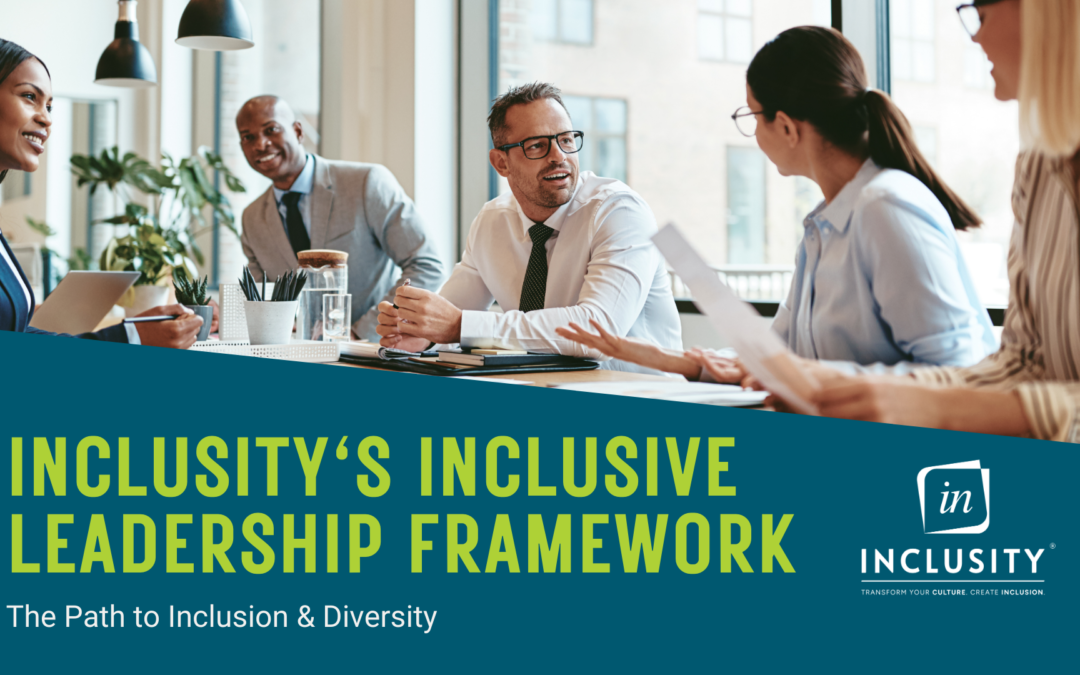In 2012, before founding Inclusity, Maria White wrote this article, articulating her thoughts about diversity training. After decades in the field, she was convinced that there was a more effective way for organizations to engage employees. For her, it wasn’t about compliance or hiring quotas. It was about the culture of the organizations themselves. It was about inclusion, making all employees feel that they belong and are valued. This wasn’t going to happen through traditional diversity / DEI training; it needed a new approach that was positive and non-judgmental, that focused on connecting people. With this belief and passion for the work, Maria founded Inclusity in 2013. In light of the backlash against DEI, this article is just as relevant today as when she wrote it 13 years ago.
Why Inclusion instead of Diversity?
In 1990, I left a corporate management position to join a small company that was focused on workplace diversity efforts. This field was relatively new at the time as organizations were struggling to integrate women and minorities who joined their workplaces as a result of affirmative action. At that time, organizations were launching diversity initiatives to increase representation of women, racial/ethnic minorities, and other under-represented groups. It seems now that their rationale for these efforts was that by merely increasing the amount of visible diversity, they would become more productive, workers iwould be motivated, and increased profits would result. Unfortunately, this has not been the case!
According to a 2012 HBR article by Peter Bregman “Diversity Training Doesn’t Work”, “diversity training (has) had no positive effects in the average workplace.” In this article, Bregman cites a study of 829 companies included in the EEOC’s data base over 31 years. The study found that “overall, companies that try to change managers’ behavior through training and evaluations have not seen much change.”
From my perspective and experience in the field, , diversity training hasn’t worked because its focus was no different than the affirmative action training it replaced. Organizations used this training to continue their focus on achieving numerical goals in hiring, promotion, and representation. As a result, the organizational culture, including the contributions of all employees, was neglected.
I have seen a great deal of change occur over the past 30+ years and have also experienced some of the backlash that emerged as a result of diversity initiatives. Some individuals who were not in the majority were very successful, assimilating themselves to existing workplace cultures o Many left corporations , starting a wave of new women- and minority-owned businesses in the 1990s that has continued to the present time.
For nearly 30 years, I facilitated diversity training in many organizations. As they came to trust me, numerous male employees, in particular white men, shared that they felt completely disengaged from their organization’s diversity efforts. They described diversity training as a negative experience that seemingly intentionally made them feel uncomfortable. Some said they felt like diversity initiatives were “reverse discrimination,” in which less qualified women and minorities were advantaged to their detriment.
As a result, the term “diversity” became synonymous with “race and gender,” Employees brought a compliance mentality into the training, and they left training having complied but not having fully engaged. The best of this training may have enlightened some folks or heightened their bias awareness, but it did not motivate them to behave differently or to really engage with their co-workers who were different from them.
Not surprisingly, many employees have fully embraced political correctness, walking on eggshells and keeping their opinions to themselves. They avoid talking about differences altogether and hope that they will stay out of trouble by hiring women and minorities who will conform to the status quo and not draw attention to “issues of difference.” This has created cultures of exclusion, where everyone feels excluded!
By focusing on diversity and ignoring culture, the result is conformity – people may look different, but they behave the same. That is why we believe it is time to change the emphasis within these organizations, focusing on developing inclusive cultures rather than just increasing diversity. By seeking to create a culture in which leaders are trained to value and utilize individual talent, diversity can thrive.
A culture of inclusion is much more difficult to achieve (and measure) than it is to simply count the number of women and racial/ethnic minority members represented. However, it is the truly inclusive cultures to which diverse and talented individuals will be attracted, be developed, and choose to stay and add the tremendous value they have to bring.














